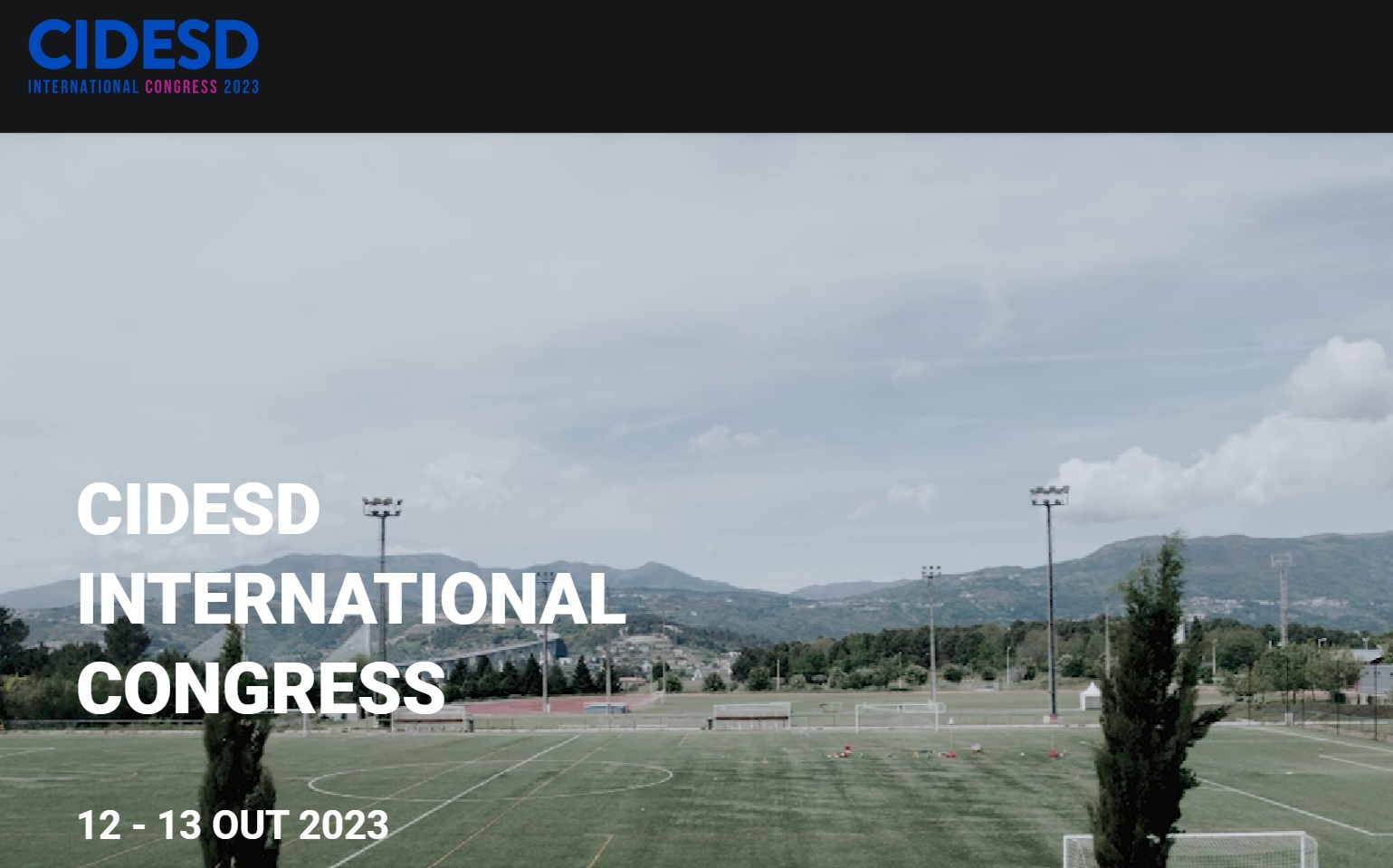Ingles
DOI:
https://doi.org/10.6063/motricidade.31755Palavras-chave:
Playing patterns, Game Moments, Tactical Strategies, Offensive/Defensive Processes, Offensive TransitionResumo
When referring to football, the concept of ‘game style’ refers to a team's distinctive approach to the game, which can be identified by various factors namely tactics, formations, and strategies. All team aims for success by maintaining their playing patterns standards which are congruent and aligned with their playing style. This study compared the goal-scoring patterns such as a result of “non offensive transition”, “set pieces”, “offensive transition”, and “positive outcomes”. The sample consists of 702 games grouped into three leagues: Top Leagues, Marginal Leagues, and Emerging Leagues. All the 2140 goals were categorised into four types: non-offensive transitions, set pieces, direct offensive transitions, and positive outcomes of offensive transitions. The aim is to determine noticeable differences between two distinctive competitive moments “Rounds 1 to 5” and “Rounds last 5”. This study demonstrates no differences in scoring method between the "Rounds 1 to 5" and "Rounds Last 5" in all variables across all the analysed league groups. The only exception is the goals conceded by the Non-Offensive transition in the Emerging Leagues. Results also show that in the Top Leagues, the goals resulting from direct offensive transitions and positive outcomes from offensive transitions have a greater impact (54%) on the total scoring. These findings highlight the importance of focusing on establishing consolidated game patterns in order to make them more impactful in the scoring process.
Downloads
Publicado
Edição
Secção
Licença
Os autores dos manuscritos submetidos para publicação deverão ceder, a título integral e permanente, os direitos de autor (copyright) à revista Motricidade e às Edições Sílabas Didáticas. A cedência de direitos de autor permite a publicação e divulgação do artigo em formato impresso ou eletrónico e entrará em vigor a partir da data de aceitação do manuscrito. Os autores concedem, ainda, os direitos para a revista Motricidade utilizar e explorar o respetivo artigo, nomeadamente para licenciar, ceder ou vender o seu conteúdo a bases de resumos/indexação ou outras entidades.
Nos termos da licença “Creative Commons”, os autores poderão reproduzir um número razoável de exemplares para uso pessoal ou profissional, mas sem fins comerciais. Nos termos da licença SHERPA/RoMEO, os autores poderão, ainda, disponibilizar/arquivar uma cópia digital final (versão postprint) do artigo no seu website ou no repositório científico da sua instituição.


